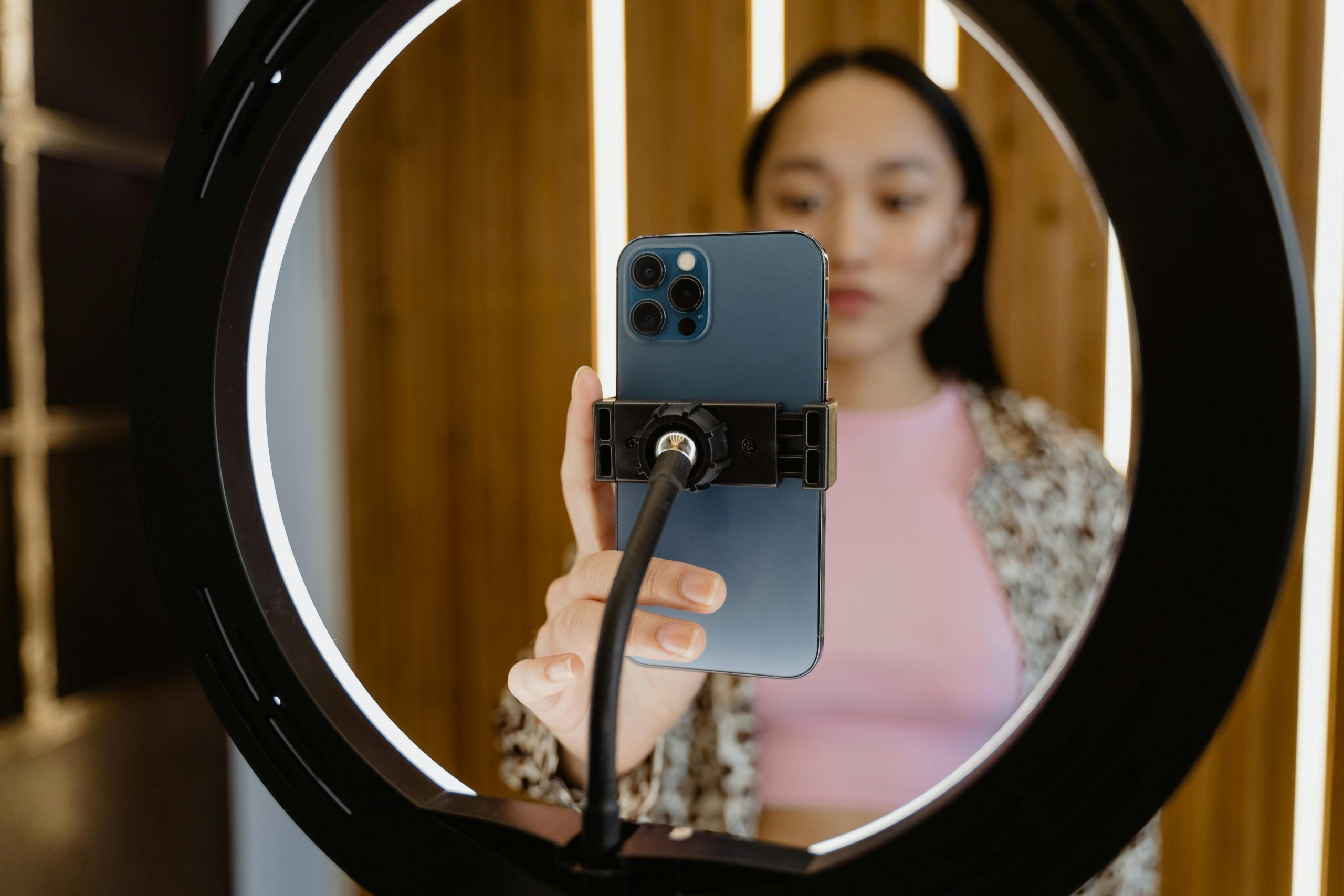
When you’re a startup hosting an event—whether it’s a product launch, networking mixer, or webinar—the biggest challenge isn’t planning the logistics. It’s getting people genuinely excited to attend. That’s where pre-launch buzz comes in. Promoting an event by creating anticipation before launch day is one of the smartest ways to fill seats (virtual or physical) and get people talking.
In this guide, we’ll walk you through how to promote an event by creating buzz before launch day, using tactics specifically tailored to resourceful startups like yours.
Why Pre-Launch Buzz Matters More Than You Think
Startups don’t always have deep marketing budgets. That’s why creating organic excitement early on is a strategic edge. Instead of relying on last-minute ads or promotions, you’re building momentum from the ground up—and letting that momentum do the work for you.
Here’s what buzz accomplishes:
- Builds curiosity before the official announcement
- Increases early sign-ups or RSVPs
- Generates user-generated content organically
- Attracts media and influencer attention
- Strengthens your startup’s brand credibility
What Does “Buzz” Actually Look Like?

“Buzz” is not just noise—it’s purposeful anticipation. It looks like this:
- People tagging friends about your event
- DMs asking “What’s this about?”
- A growing waitlist before ticket sales even open
- Shares, mentions, and micro-discussions across channels
- A sense that people need to be there
So how do you build that buzz? Let’s break it down step-by-step.
1. Start With a “Soft Tease” Campaign
Before announcing your event, start teasing that something is coming. You don’t need full details yet—just enough to get people curious.
Ways to tease without giving it all away:
- Share cryptic graphics with a date and hashtag.
- Post behind-the-scenes videos of your team “prepping for something big.”
- Drop limited hints in your newsletter (“Big news coming soon—mark your calendar for August 15.”)
- Use countdown timers on your website or social bios.
Keep it vague, but intriguing. The goal is to create a low-key sense of mystery.
2. Create a Waitlist Landing Page
Even before launching the official registration, build a simple waitlist page. This page should:
- Tease the value of the upcoming event
- Mention the expected launch date
- Invite people to sign up for early access or “first dibs” on tickets
Bonus: Offer a waitlist-only perk like a discount or early bird bonus.
A landing page helps you:
- Capture leads before launch
- Validate interest
- Build a warm list you can market to directly on launch day
3. Involve Your Community Early
If you already have a small but loyal audience—use it. Your community is your best amplifier. Whether it’s a few beta users, email subscribers, or startup supporters, get them excited before the public.
Ways to activate them:
- Host a small private AMA or “first look” event about what’s coming
- Create a VIP list or referral program (“Refer 3 friends, get a free pass”)
- Share insider content only with them via a Slack group or private email
When your early supporters feel part of the journey, they’re more likely to spread the word.
4. Use Behind-the-Scenes Content to Tell a Story
People don’t just care about what the event is—they want to know why it matters. Share the process. Talk about the purpose behind the event and what went into making it happen.
Examples of effective BTS content:
- A short clip of your team choosing a venue
- Snippets of your brainstorms or planning boards
- Casual interviews with the speakers or founders
- Glimpses of your event graphics, merch, or swag
Use Instagram Stories, TikTok, LinkedIn, or your email list to drip this content out over several days.
5. Announce the Event With a Bang
Once you’ve laid the foundation, it’s time for the official announcement. This is the moment to go all in.
Your announcement should:
- Clearly explain what the event is
- Include the date, location, and how to register
- Reinforce any urgency (limited spots, early bird deadline)
- Link directly to your registration or ticket page
This stage is a key part of your overall event marketing plan, where all the buzz you’ve built starts to convert into actual sign-ups and momentum.
Where to announce it:
- Email newsletter
- Social media (including LinkedIn, which works especially well for startups)
- Press release (if applicable)
- Product Hunt or startup communities like Indie Hackers or Hacker News
Tip: Create branded graphics or short videos to make your announcement pop.
6. Learn How to Promote an Event With Influencers and Micro-Ambassadors

You don’t need celebrities. You need people your target audience trusts.
Reach out to:
- Industry bloggers or LinkedIn creators
- Founders of adjacent startups
- Podcast hosts or niche community leaders
Offer them:
- Free access to the event
- Co-branded shoutouts
- Affiliate perks or discount codes for their audience
Make it easy for them to share your event by giving them:
- Swipe copy
- Branded images or videos
- A unique referral link
7. Build a Content Countdown Calendar
Content is fuel for buzz. Don’t leave it to random posts—build a countdown calendar that maps out key content in the days or weeks leading up to launch day.
Your calendar might include:
- Day -10: Speaker teaser reel
- Day -8: Behind-the-scenes image
- Day -6: RSVP waitlist reminder
- Day -4: Throwback to a past event
- Day -2: FAQ post (“What you need to know before registration opens”)
- Day 0: Launch announcement + CTA
Mix formats: use images, carousels, polls, video snippets, and written posts to keep it fresh.
8. Create Shareable Assets and Hashtags
Make it super easy for people to spread the word.
How?
- Create a branded hashtag (short, relevant, easy to remember)
- Design shareable graphics attendees can post
- Offer Instagram story templates or quote cards
- Encourage registrants to post “I just signed up!” images
The easier it is to share, the more buzz you’ll build.
9. Run a Pre-Launch Contest or Giveaway
Contests are a great way to drive engagement while promoting the event.
Ideas:
- “Tag a friend you want to go with” (winner gets free tickets)
- “First 10 people to join the waitlist get exclusive access”
- “Share our post with the hashtag and win a merch bundle”
Be sure to keep the entry requirements simple and the reward relevant.
10. Build Strategic FOMO
Fear of missing out is a powerful driver. Use it ethically—but intentionally.
Tactics to build FOMO:
- Show growing interest (“Over 300 people have already joined the waitlist”)
- Mention limited availability
- Highlight exciting aspects (“We’re announcing a surprise guest soon”)
- Share testimonials from early supporters or previous events
FOMO works best when combined with social proof, so share screenshots, reactions, or user comments.
Wrapping Up
If you’re a startup, you can’t afford to launch an event and then start promoting it. Instead, reverse the process: build interest before you launch, and let that interest carry your event across the finish line.
Creating buzz before launch day isn’t about flashy marketing—it’s about making people feel like they’re part of something exciting, early on. Use the tools you have—your story, your people, your creativity—and turn anticipation into attendance.

